Bulk Pricing
4-Port RS-232 / RS-422 / RS-485 Serial to Ethernet Device Server, PoE Powered
The MSD-SRP4XM-PRO is a multi-protocol RS-232 / 422 / 485 3-in-1 serial device server that is designed to connect RS-232, RS-422 and RS-485 serial devices including POS, barcode readers, sensors, meters, weighing systems, CNC controllers and PLC to an IP-based Ethernet Network.
Description
The MSD-SRP4XM-PRO is a multi-protocol RS-232 / 422 / 485 3-in-1 serial device server that is designed to connect RS-232, RS-422 and RS-485 serial devices including POS, barcode readers, sensors, meters, weighing systems, CNC controllers and PLC to an IP-based Ethernet Network. The MSD-SRP4XM-PRO provides 4 ports, supporting RS-232, RS-422, and RS-485 modes.
The MSD-SRP4XM-PRO extracts power from a conventional twisted pair Category 5 Ethernet cable, conforming to the IEEE 802.3af Power-over-Ethernet (PoE) standard.
The serial devices are connected to Ethernet and available on the Internet for sharing, configuring remotely via the rich Network Protocols such as TCP Server, TCP Client, UDP, VCOM, Serial Telnet, RFC2217, Remote-Pair-Master-Slave, Modbus RTU.
To be backward compatible with the legacy serial device running the existing COM port application software, the MSD-SRP4XM-PRO provides a Virtual COM port redirection driver (VCOM) migrating your serial application perfectly without modifying the software.
Moreover, with the Remote-Pair-Master-Slave mode, serial devices can communicate each other via the peer-to-peer mode without any intermediate PC nor conversion software.
Features:
- Supports 4 Male DB9 Serial Port Over Ethernet
- 1 RJ45 10/100 Mbps Ethernet Port
- Rugged Metal Case with DIN-Rail and Wall-Mount Kit
- Serial Modes: RS-232, RS-422, RS-485 4-wire and 2-wire
- Network Protocols: TCP Server, TCP Client, UDP, VCOM, Serial Telnet, RFC2217, Remote-Pair-Master-Slave, Modbus Server, Modbus Client
- Supports SNMP Protocols
- Supports 15 KV ESD Protection for all Serial Signals
- Supports 5V Power Option over DB9’s Pin 9
- Provides Rich Configuration Methods Including Windows Based VCOM Administrator Utility and Web Browser
- Provides COM Port Redirection (Virtual COM) Drivers
- Supports Serial Baud Rate Up to 921.6Kbps
- Supports Automatic Data Flow Control
- Can be powered by either PoE or the included 5V DC Power Supply
OS Support:
- Windows XP, Vista, 7, 8, 8.1, 10, and Windows 11
Package Contents:
- 4-Port Serial to Ethernet Device Server
- 5V DC Power Supply
- DIN Rail Clip
- Surface Mounting Bracket
- Screw Pack (4x)
Specifications
Product Specifications
| Power |
| ||||||||
|---|---|---|---|---|---|---|---|---|---|
| Compliance |
| ||||||||
| Physical Characteristics |
| ||||||||
| Serial Attributes |
| ||||||||
| Software |
| ||||||||
| Environmental |
| ||||||||
| Performance & Safety |
| ||||||||
| Network |
| ||||||||
| Other Data |
|
Support
Product Documentation & Drivers
Product Documents
Software & Drivers
Need drawings, CAD files, or other compliance documentation? Click HERE
Serial F.A.Q.
Product F.A.Q.
View frequently asked product questions below. For all serial troubleshooting, visit this page.
Still need help? Reach out!
-
How do I clean and reinstall my FTDI drivers?
View Answer
-
- Download the CDM Uninstaller HERE.
- Extract the zip file, or open the “CDMuninstallerGUI.exe” utility.
- Leave the ‘Vendor ID’ set to 0403 and ‘Product ID’ set to 6001.
- Click Add.
- Click Remove Devices.
- Download the corresponding driver for your operating system and follow on-screen prompts. Windows Driver | MacOS Driver
-
-
How can I change my device’s COM port?
View Answer
-
- Click on Start and navigate to the Control Panel
- Locate and click on Device Manager
- Under “Ports (COM & LPT)” you will find your serial device titled “USB Serial Port” along with its current COM Port.
- Right click on “USB Serial Port” and click on Properties.
- Navigate to the “Port Settings” tab and click on “Advanced…”
- Once there, the “COM Port Number:” can be changed with a dropdown menu to select the port number.
- Click your desired port number (i.e. COM2) and click “OK”.
- Click “OK” once more.
- Your serial device is now assigned to your chosen COM Port.
-
-
How do I check to ensure the COM port is listed properly in Windows?
View AnswerTo ensure your serial device is installed properly, complete the following:
- Press Windows Key + R to open the Device Manager. Once Run comes up, type “devmgmt.msc” into the text field and press Enter.
- Expand the section labeled, Ports (COM & LPT).
- You should now see a COM number in brackets to the right of each port. If the device is installed properly, no exclamation points or question marks should be present next to the device.
-
I have everything hooked up, but nothing is functioning correctly.
View AnswerTo rule out potential issues, quickly test your individual components to ensure that they are working correctly individually, and are not the source of the problem:
- Serial cables
- Serial ports
- Serial devices
Test your components by:
- Hook up the serial cable(s), serial port(s), and serial device(s) in a different setup to see if the issue stems from a particular component, or the setup as a whole.
- Replace the serial cable, port, or device within your setup to further troubleshoot the issue’s origin.
When testing cables:
- Test each cable individually.
- Use short cables when you are testing.
When testing serial ports and devices:
- Press the Windows key + R, in Run, type devmgmt.msc, and press Enter to open the Device Manager. You can then check to see if your device is listed under Ports (COM & LPT).
- Ensure that the COM port number is the correct number for the serial device and that the software being used to connect the computer to the serial device uses the correct COM port number.
- If the device is listed with an error, follow the instructions on the website to reinstall the drivers.
-
Serial communication is not functioning correctly, how can I tell if the problem caused by the adapter or my serial software application?
View AnswerOlder serial communication applications make use of legacy hardware addresses, often incompatible with PCI, PCIe, and USB to Serial products. Contact the software provider to troubleshoot.
-
I am receiving an error when I try to install the drivers in Windows 8 64 bit.
View AnswerDriver Signature Enforcement in Windows 8 may need to be disabled in order to use various drivers. After disabling this feature, the driver will be allowed to install.
Note: You are required to restart your computer after disabling the Driver Signature Enforcement. Save all open work on your computer.
Disable driver signature enforcement:
- Press the Windows key + C.
- Click Settings > Change PC Settings.
- In the left pane, click General.
- In the right pane, under Advanced startup, click Restart now.
When your system restarts:
- Click Troubleshoot > Advanced options > Startup Settings > Restart.
- Press 7.
When your computer restarts, Driver Signature Enforcement will be disabled and you can install the drivers.
-
I am receiving an error when I try to install the drivers in Windows 10 64 bit.
View AnswerDriver Signature Enforcement in Windows 10 may need to be disabled in order to use various drivers. After disabling this feature, the driver will be allowed to install.
Note: You are required to restart your computer after disabling the Driver Signature Enforcement. Save all open work on your computer.
Disable Driver Signature Enforcement:
- Click the Windows icon in the taskbar.
- Click Power.
- Press and hold the Shift key and click Restart.
After your computer restarts:
- Click Troubleshoot > Advanced Options > Startup Settings > Restart.
- Press 7.
When your computer restarts, Driver Signature Enforcement will be disabled and you can install the drivers.
-
Why did the software not install properly in macOS High Sierra (10.13) or later?
View AnswerHigh Sierra 10.13 and later versions of macOS enforce strict security policy revisions. In order for the device to operate, software packages like those used in this installation must be allowed in macOS Security and Privacy settings once the software is installed.
Once the driver/software is installed, follow these steps to allow the software:
- Open System Preferences.
- Open Security & Privacy.
- Click the Allow button near the bottom of the General tab.











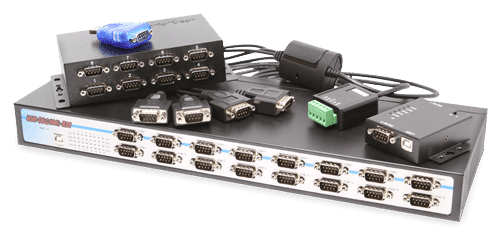










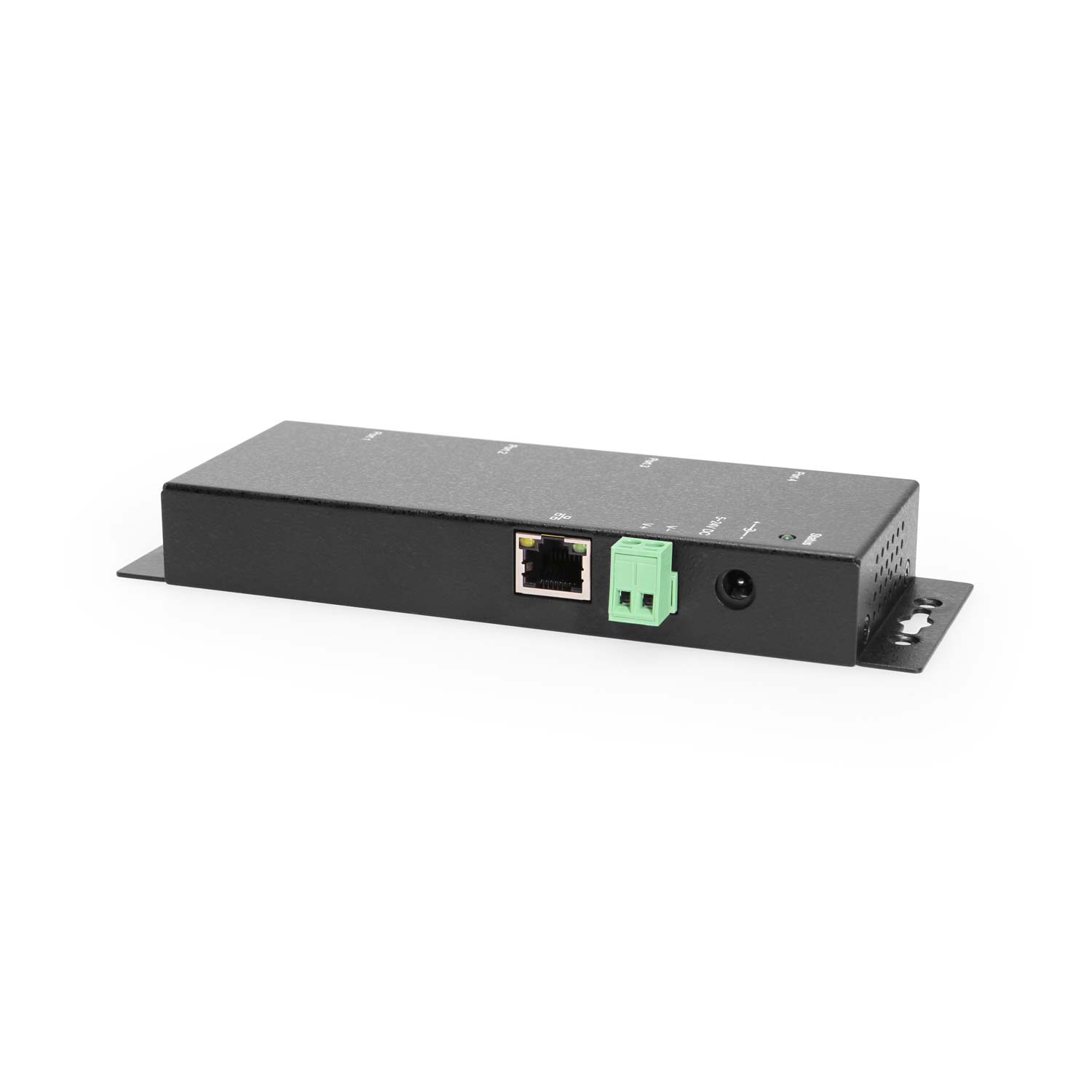



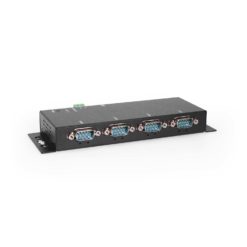








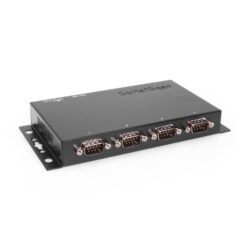





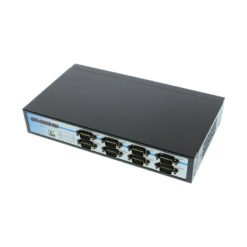





Reviews
There are no reviews yet.